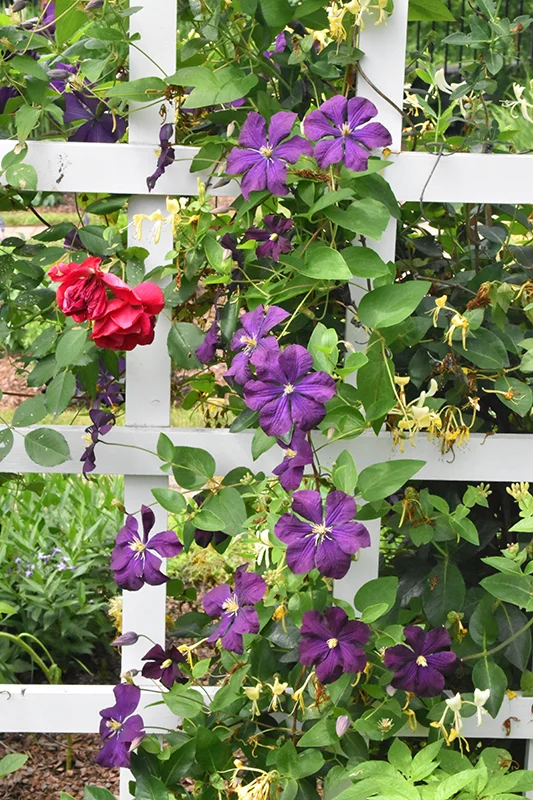Osborne Homestead Museum: The Home and Garden of an Extraordinary Woma
/By today’s standards, Frances Osborne Kellogg was an extraordinary woman. By the standards of the late 1800s, she was a force of nature—a successful industrialist, cattle breeder, philanthropist, and conservationist. When her father died in 1907 and the probate judge suggested that his companies be sold so that the family could live off the profits and Frances could go to college, the 31-year old young heiress replied, “Sell them? No. I intend to run them.”
A gifted violinist from an early age, Frances was expected to study music in college. She loved attending opera, theater and musical concerts in New York City. But an accident with a sewing needle damaged her eyesight, and Frances’ life took a different direction. Her father had taught her how to run the family business, and Frances took on the unusual challenge as a woman CEO of four different companies. All of them prospered under her leadership.
When she married New York architect Waldo Stewart Kellogg in 1919, the couple’s focus became the family dairy. The Kelloggs developed a reputation for their selective cattle-breeding program. As the family fortune grew, Frances invested in her community, supporting local organizations and building the Derby Neck Library.
Derby Neck Library
Waldo enlarged and remodeled the house in the Colonial Revival style in the 1920s, and Frances added the ornamental gardens. She had a deep love of flowers from childhood, and enjoyed attending annual flower shows in New York City. In 1910 she hired Yale architect Henry Killam Murphy to design her formal flower garden, and employed Robert Barton from Kew Gardens as her head gardener.
French doors lead from the house and conservatory to this lovely garden, which is also visible from the street. The garden is bisected by a white trellis fence accented with red roses, purple clematis, and yellow honeysuckle. A central arbor provides benches where you can sit and enjoy the beauty and scents of the flowers. One half of the garden is dedicated to Frances’s favorite flower, the rose. Four rectangular rose beds are enclosed by long borders of old-fashioned favorites such as foxgloves, irises, goats beard, and salvias. The other half of the garden is a formal perennial garden of bearded iris, peonies, daylilies and sedums. Four beds of standard roses, weigela and boxwood surround a circular bed accentuated with a sundial.
The garden is bordered on one side by a long stone wall, with steps that lead to beds of lilacs and other ornamental shrubs and trees. On the slope above the formal gardens, a rock garden has been created with conifers, ferns and perennials. Peak time to see the garden is mid May to mid June.
Frances’ love of gardening and nature continued throughout her lifetime. She was an active member of local garden societies, and became a sponsor of the Connecticut College Arboretum. As her interest in conservation grew, she became the first female vice chair of the Conn. Forest and Park Association. Frances lived in the family home until her death in 1956. Before she died, she deeded her entire estate to the State of Connecticut, including 350 acres for Osborndale State Park.
In addition to the garden, you can tour the restored historic home with its collection of original furnishings, antiques, ceramics, artwork and personal mementos. Frances’ doll still rests on her childhood bed and the opera cape that she wore to performances at the Met is draped over a settee.
Osborne Homestead Museum, 500 Hawthorne Ave., Derby, CT 06418, (203) 734-2513
Hours: May 5–Oct. 28: Thurs.–Fri. 10–3, Sat. 10–4, Sun. 12–4















